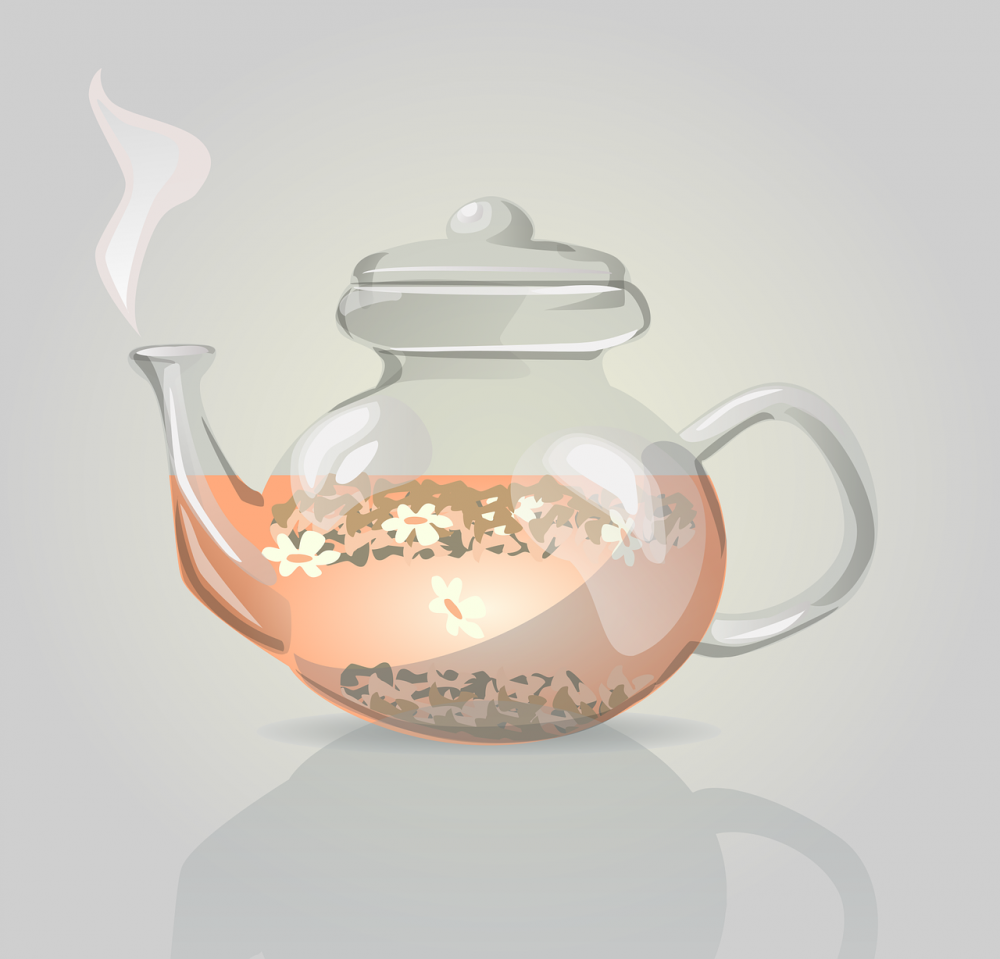Hvor mye vann skal man drikke

En grundig oversikt over hvor mye vann man skal drikke
Staying hydrated is essential for maintaining good health, but how much water should we actually be drinking? The answer to this question can vary depending on factors such as age, activity level, and overall health. In this article, we will provide an in-depth exploration of the topic, covering different aspects of water consumption and its importance.
Hva er «hvor mye vann skal man drikke»?

Typer vann og popularitet
There are many types of water available in the market, each with its own unique characteristics and benefits. Some popular options include mineral water, purified water, and alkaline water. Mineral water refers to water that naturally contains minerals, such as calcium and magnesium, which can contribute to overall health. Purified water has gone through a filtration process to remove impurities, ensuring its purity. Alkaline water has a higher pH level, which some believe can help neutralize acidity in the body.
Kvantitative målinger om «hvor mye vann skal man drikke»
To determine how much water one should drink, several quantitative measurements can be used. One commonly recommended guideline is the «8×8 rule,» which suggests drinking eight 8-ounce glasses of water per day (equivalent to about 2 liters). However, this rule is not backed by scientific evidence and may not be suitable for everyone. Other factors to consider include climate, physical activity, and individual hydration needs. A more accurate method is to calculate water intake based on body weight. The Institute of Medicine recommends consuming about 3.7 liters (or 13 cups) of total water per day for men and 2.7 liters (or 9 cups) for women.
Forskjellige «hvor mye vann skal man drikke»-standarder
Different organizations and health authorities may have varying recommendations for daily water intake. For example, the European Food Safety Authority suggests a daily water intake of 2.5 liters (or 10 cups) for men and 2 liters (or 8 cups) for women. The World Health Organization advises drinking at least 2 liters of water per day, while the American Dietetic Association recommends a daily fluid intake of 3.7 liters (about 13 cups) for men and 2.7 liters (about 9 cups) for women, including fluids from food.
Historiske fordeler og ulemper med «hvor mye vann skal man drikke»
Throughout history, the importance of water consumption has been recognized for its numerous health benefits. Adequate hydration aids in digestion, regulates body temperature, lubricates joints, and supports overall organ function. However, excessive water intake beyond the body’s needs can lead to hyponatremia, a condition where sodium levels in the blood become dangerously low. This highlights the importance of striking a balance and listening to one’s body’s thirst cues.
In conclusion, determining how much water one should drink is a complex topic that involves various factors. While general guidelines exist, it is crucial to consider individual needs and consult with healthcare professionals for personalized recommendations. Remember to listen to your body and stay hydrated throughout the day by drinking water as well as consuming fluids from food sources. Water is an essential element for our well-being, and maintaining proper hydration is key to a healthy lifestyle.





